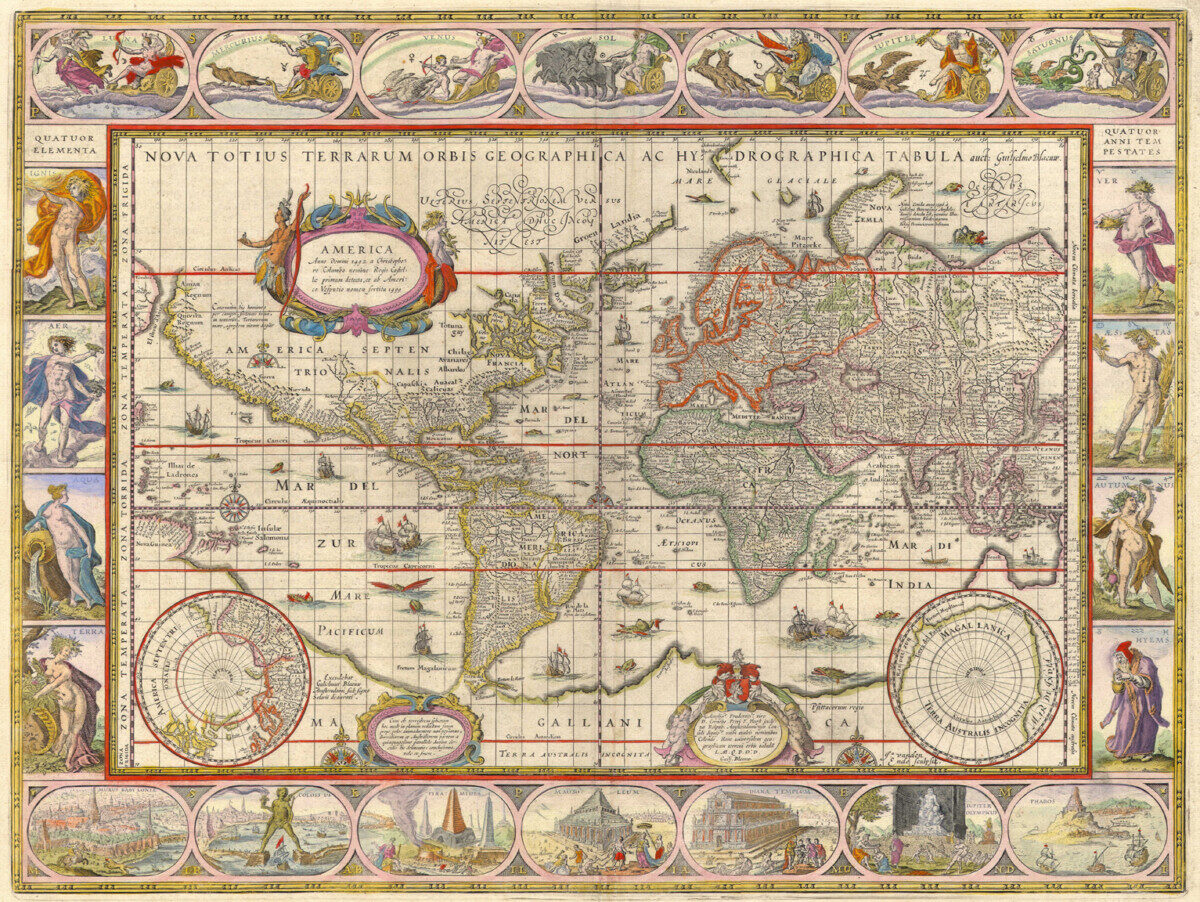For me, the highly naturalistic illustrations made in the 17th century really demonstrate to me artists’ enormous dedications and the limitless potentials of artworks. In the time before the invention of cameras, these hand-drawn works serve as photos that aim to accurately reflect what we see through the human eyes. They indeed achieve this goal: I am impressed the level of details they present in texture, color, and vividness. In terms of scientific values, I think they constitute an important first step of every finding from the natural word: to observe and to record. I do not agree with the opinions of some 17th-century scholars, who deemed visual investigations inferior to literary works. On the contrary, observations comprise the foundation for abstract theories, for they remain mere conjectures without evidence from the real world. From this standpoint, the artistic drawings help advance future scientific studies.
Interdisciplinariness has only become more essential for scholars in the 21st century. Many projects involve expertise from an array of subjects and thus require scholars from various backgrounds. For example, art historians may need to work with computer scientists for sophisticated digital humanities projects. I believe in the benefits of academic collaborations, especially when they are much easier today with the help of the Internet. Although we now have equipments that can take pictures within a second, I think artists can still find their values in the scientific community by creatively promoting important findings.
